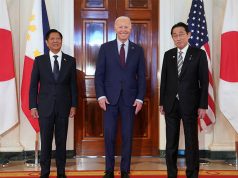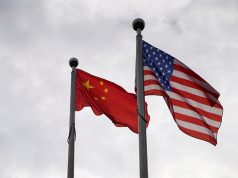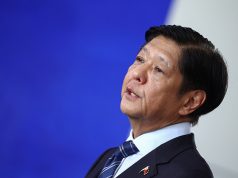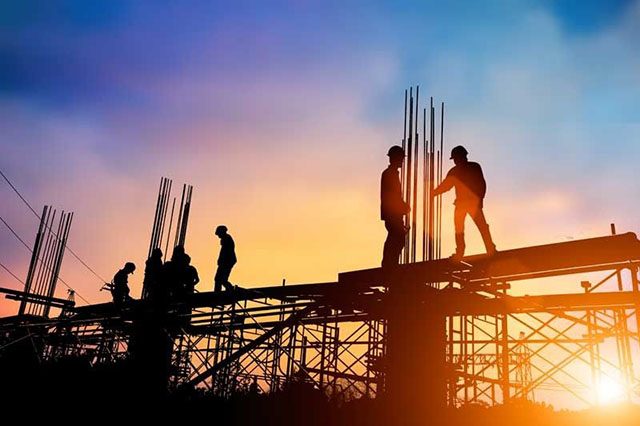
President Rodrigo Duterte has secured several loan agreements on different infrastructure initiatives with China two years ago, visited it more than any other country during his term and shifted foreign policy focus towards the Asian giant.
The new chapter in the country’s relationship with one of the world’s most powerful economies, however, has not yet resulted in a single completed project.
Duterte in October 2016 visited Chinese President Xi Jinping and signed more than ten agreements on infrastructure projects in an effort to boost the countries’ bilateral relationships with each other.
China also promised to help the Philippines in its “Build, Build, Build” initiative through the Official Development Assistance loans and grants.
In a speech at the 69th Founding Anniversary of the People’s Republic of China held at the Makati Shangri-La last September 27, Chinese Ambassador to the Philippines Zhao Jianhua remarked that three infrastructure initiatives “already broke ground.”
He cited the drug rehabilitation centers in Bukidnon and Agusan del Sur, two bridges across Pasig River and the Chico River Pump Irrigation Project.
However, not one of these construction efforts has reached completion yet.
Zhao also expressed his enthusiasm over the next phase of the infrastructure projects.
“The two sides are pushing forward more major infrastructure projects such as the New Centennial Water Source-Kaliwa Dam, Subic-Clark Railway, Philippine National Railways South Long Haul and the Safe Philippines, with a total volume surpassing $7 billion,” he said.
Still under construction
The construction of drug rehabilitation centers was agreed upon Duterte’s visit to China in 2016, with the latter vowing to offer “soft loans” for the infrastructures.
It was part of Xi’s initiative to support the Philippines with its anti-drug campaign, where $15 million (or around P800 million in current exchange rate) was allotted for the country’s drug rehabilitation programs.
The drug rehabilitation center in Bukidnon started its construction in 2017 while the one in Agusan del Sur started in January 2018.
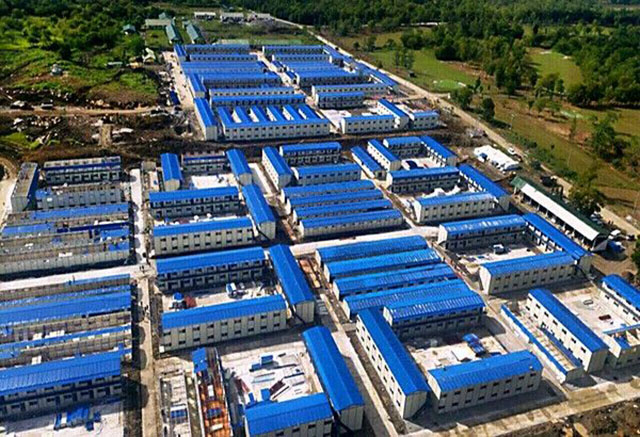
China vowed to loan money to the Philippines in support of the latter’s anti-drug campaign through building drug rehabilitation centers. (Philstar/File photo)
Meanwhile, the bridges across Pasig River have just started its construction this July, despite the agreement being signed in 2016 under the Memorandum of Understanding on Pasig River, Marikina River, Manggahan Floodway Bridges Construction Project.
The loans for the Chico River Pump Irrigation Project, in addition, was only acknowledged this April and the commencement of construction, this June.
Controversies
While the Chinese ambassador in his founding anniversary speech expressed his positive outlook towards the China-backed infrastructures in the country, he failed to mention two projects that are currently mired with controversies.
One of them is the Binondo–Intramuros Bridge in Manila that is supposed to connect San Fernando Street in Binondo to Solana Street and Riverside Drive in Intramuros.
The loan agreement for the project was signed on June but a business group and other stakeholders claimed that its construction would destroy historical structures and some sites in Intramuros.
According to the Chamber of Commerce of the Philippine Islands, the project would affect the Chamber of Commerce building, the environments of Plaza de Mexico Park and Monument, Intendencia, Puerta Isabel Monument and the walls of Intramuros.
The construction of the Estrella–Pantaleon Bridge in Makati, meanwhile, was briefly halted for a while “due to public clamor and apprehension of businessmen on possible economic losses.”
It was initially closed on September 23 to commence the repairs but it reopened two days after.
Apparently, the Metro Manila Development Authority reported that around 100,000 motorists got affected by the temporary closure. Its contractor, China Road and Bridge Corp., has decided to resume the project in January 2019.




